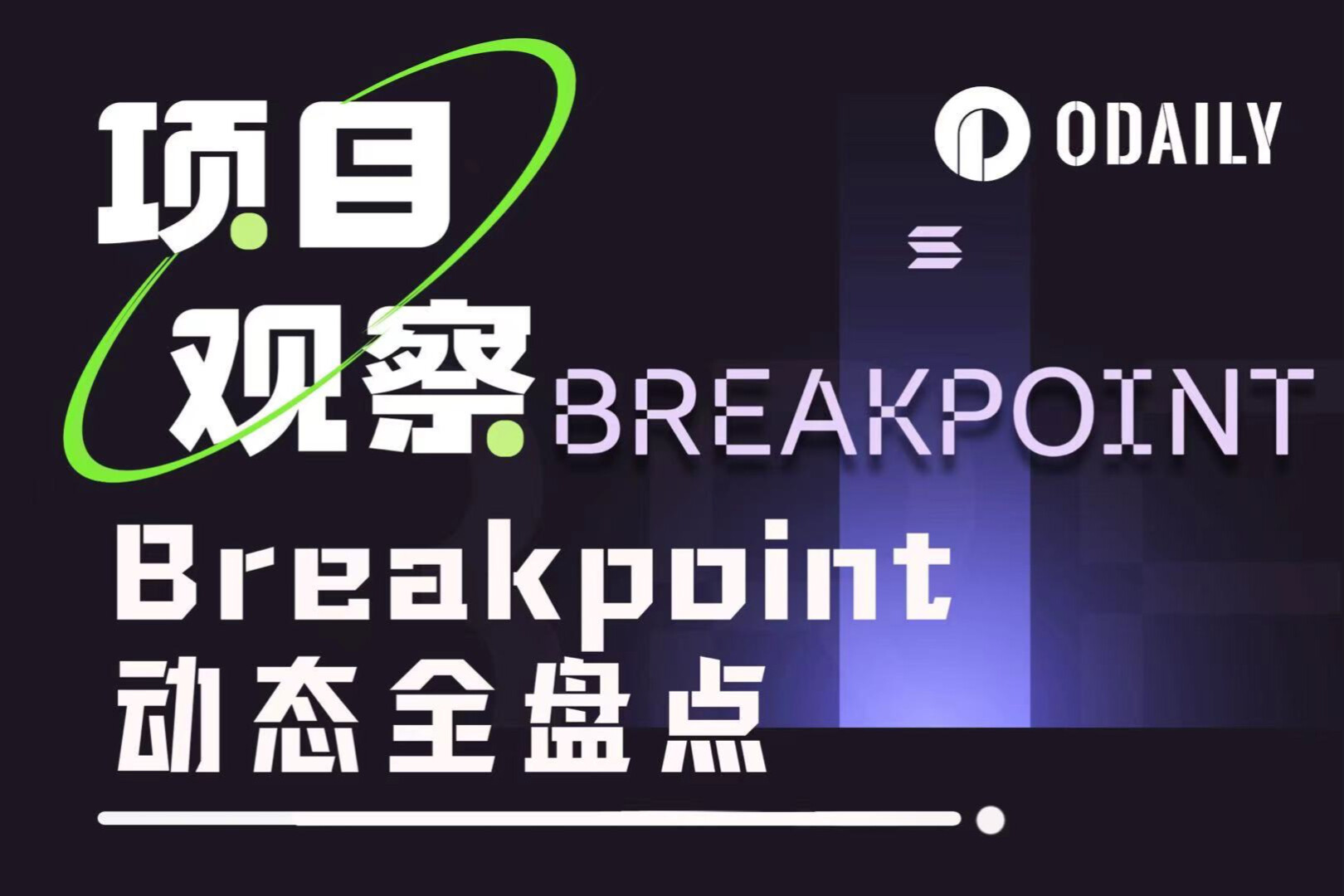Tucao Jun roast boy: Why Conflux is the best Layer 2
last term"Layer 2 may split the Ethereum ecology, Layer 1 joins the battlefield (Part 1)", we talked about the barriers to interoperability between Ethereum Layer 2 will split the ecology into two-layer projects. In this issue, we will talk about the advantages of Conflux in this competition.
The non-interoperability between Layer 2 projects not only affects the DeFi ecology, but also affects the early launch of Layer 2 projects. Layer 2 projects cannot directly borrow the ecology and funds of Ethereum's existing DeFi products, but need to continuously attract developers and users to migrate funds and applications. This is no different from the ecological construction tasks that Layer 1 projects are facing now. They are all blocked by crossing out and crossing in. The smooth interaction with Ethereum Layer 1 needs to attract developers, users and funds. Layer 1 projects can completely gain a place in the competition of Layer 2 through cross-chain methods. When Layer 1 projects provide Layer 2 solutions, they have their own unique advantages. First of all, Layer 1 public chains such as Conflux are fully compatible with Ethereum smart contracts, which means that codes, development skills, and development experience accumulated in the Ethereum ecosystem can be migrated at almost zero cost. Second, Layer 1 projects have higher performance expansion space and greater development prospects. Excellent emerging Layer 1 public chains have high transaction processing capabilities, and their performance improvement space is only based on technical iteration capabilities. However, the performance development of Layer 2 projects, in addition to requiring technical iterations, is also subject to the inherent efficiency of Layer 1 Ethereum. Whether ZK Rollup submits ZK proofs or Optimistic Rollup submits fraud proofs, it needs to be on the Layer 1 mainnet. Third, the Layer 1 project itself can provide the degree of decentralization and security at the level of the public chain without relying on trust in the submitter of fraud proofs or the selector of cryptographic parameters, which is unmatched by pure Layer 2 projects of. When the ecology is established, the Layer 2 project is just a Layer 2 project, but the Layer 1 project that provides the Layer 2 solution may itself grow into the next influential public chain platform.
In the long run, if Ethereum can continue to prosper, then its Layer 1 performance is doomed to high transaction fees, and only large transactions can directly bear these transaction fees. Various Layer 2 schemes allocate the cost of an on-chain transaction fee to multiple second-layer network transactions to reduce the need for small transactions. While various Layer 2 solutions undertake the overflow demand of Ethereum Layer 1, they also split the DeFi ecology into different second-layer solutions. At the same time, other Layer 1 public chains can also provide a second-layer solution on Ethereum through cross-chain methods to meet the needs of Ethereum Layer 1 overflow. But not all Layer 1 projects have the ability to undertake the developers, users, and funds diverted from Ethereum. To be able to undertake the diversion of Ethereum, this Layer 1 public chain needs to have several characteristics:
1. Based on the proof of work PoW system. The debate on the security of PoW and PoS has been around for a long time, but except for Ethereum, the concentration of token holders in other PoS public chains makes these public chains unqualified to analyze the security of PoS under the decentralized token model. Most public chains based on Proof of Stake PoS are essentially a system controlled by early developers and early investors. Such a degree of decentralization cannot undertake or even replace the application of Ethereum.
2. Excellent system performance. Ethereum’s dilemma today stems from the fact that the performance of Layer 1 cannot meet the needs. If the low transaction cost of a Layer 1 public chain is just because no one uses it, and does not fundamentally improve the system performance of the blockchain, then even if it absorbs The DeFi ecology diverted from Ethereum will eventually return to the old path of Ethereum, and there is not much room for development and imagination.
3. Low development cost and high degree of freedom. As mentioned earlier, the low technical threshold and high interoperability of smart contract development are the source of vitality for the DeFi ecosystem.
Conflux is the public chain that best meets these characteristics, and has no competitors. It is based on the proof-of-work mechanism, which can maximize the decentralization and security of the blockchain. It also optimizes multiple blockchain performance bottlenecks such as transaction forwarding and execution, and realizes the transaction execution capability of the final system at 5000 tps. In terms of confirmation time, Conflux broke through the confirmation time bottleneck of the Satoshi Nakamoto consensus through the advanced proof-of-work consensus algorithm, and achieved a security level equivalent to the six confirmation blocks of Bitcoin in more than ten seconds, representing the security level of the PoW public chain. Highest technical level. (For more details, please refer to Document 1, Document 2, Document 3, and technical PPT) In terms of development cost and degree of freedom, Conflux is fully compatible with Ethereum's virtual machine, and various Solidity codes can be easily migrated to Conflux.Various ecological kits also have good compatibility. Developers can develop contracts more efficiently under the exact same logic, making this a more suitable place to continue exploring and developing the future of DeFi. In addition, Conflux innovatively setsPayment mechanism, allowing developers to pay transaction fees on behalf of users. Users do not need to hold platform tokens, and can also enjoy the use of the platform, further reducing the user's entry threshold.
Conflux launched the ShutterFlow cross-chain protocol, which realizes the asset cross-chain between Ethereum and the Conflux network, and provides a safe, efficient, and simple user experience. The protocol is jointly maintained by the Conflux Foundation and members of the ShuttleFlow Alliance, and has been stabilized Been running for 9 months. The current Conflux mainnet has launched MoonDEX, MoonSwap, Flux, Tspace and other DeFi products, and provides DApp developers with complete developer kits such as Conflux Studio, Conflux SDK, and Conflux Portal that are compatible with the Ethereum ecosystem.
Finally, we think. Layer 1 is an incubator and a testing ground. Benefiting from its extremely low development threshold and high degree of freedom, various new ideas and product designs are generated, landed, integrated, interacted, and evolved here. Layer 2 represents the mature operation of Layer 1 output. Professional developers use more advanced technology to fix the experimental results of Layer 1 into relatively stable products, but this also brings about a decline in innovation. Ethereum's shift to Layer 2 means that it is constrained by the performance of Layer 1 and has given up greater development potential. But for the future of the entire blockchain, the expansion of Layer 1 is far from the end.
Related Links
references
www.usenix.org/conference/atc20/presentation/li-chenxing
arxiv.org/abs/2006.01072
dl.acm.org/doi/abs/10.1145/3419111.3421283
confluxnetwork.org/files/Conflux_Technical_Presentation_20200309.pdf
Related Links
ShuttleFlow:shuttleflow.io/shuttle/in
MoonDEX:moondex.io/
MoonSwap:moonswap.fi/
Tspace:nft.tspace.io/
Flux:flux.01.finance/
Conflux Studio:github.com/ObsidianLabs/ConfluxStudio
Conflux SDK:developer.conflux-chain.org/
Conflux Portal:portal.conflux-chain.org/



